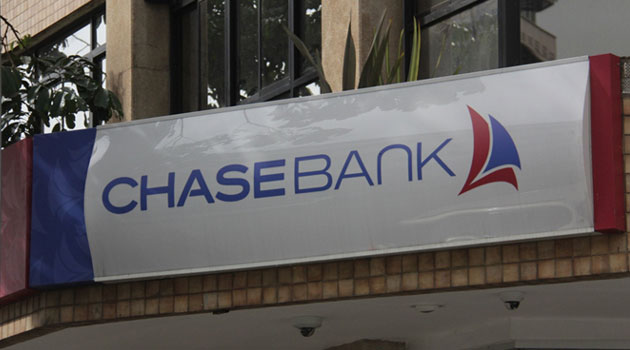
The banking sector has remained in the public limelight in the last few weeks, followings the collapse of three banks in a row including Dubai, Imperial and Chase Bank/FILE
NAIROBI, Kenya, Apr 13 – The slowdown in profitability within the banking industry in 2015 was primarily caused by escalating non-performing loans, accompanied by a challenging macro environment.
According to a report by local business advisory firm, Mentoria Consulting, rising inflation and a depreciating currency saw the Central Bank of Kenya increase its lending rate in an attempt to mop up excess liquidity from the market and subsequently tame inflation.
Consequently banks hiked their lending rates in order to maintain their net interest margins, leading to a lot of bad debts.
“Interest rates were very volatile and interbank rates soared to over 25 percent in September 2015. Banks had to offer depositors a higher interest in order to prevent a flight of deposits for a higher return,” Mentoria Consulting Managing Director and Chief Economist Ken Karuga explains.
At the same time, banks assumed greater risk than normal and lending to less creditworthy borrowers in an attempt to meet their earnings targets. This has in turn led to a rise in bad debts hence poor profitability.
The banking sector has remained in the public limelight in the last few weeks, followings the collapse of three banks in a row including Dubai, Imperial and Chase Bank.
With these developments, banks have been urged to put in more effort and restore confidence in the financial system by being more transparent, especially by making disclosures to the public to foster market discipline and increase market efficiency.
“With Chase Bank being placed under receivership on April 7, 2016 Kenyans are now perturbed about the stability and health of the banking system,” Karuga says. “Depositors are losing confidence with the financial institutions and are concerned about the safety of their savings.”
Commenting to Capital FM Business on the 2015 bank performance, Sidian Bank Managing Director Titus Karanja says increased lending by banks was and is still due to high demand especially by entrepreneurs but who most of the time don’t have collateral.
In the near future, he says, customers may see banks tighten their lending criteria for certain business sectors to exercise caution.
“There was high optimism in the growth of the economy and many went borrowing. Say a clothing business would get stock to sell through a loan, but unable to repay when customers don’t buy them as expected. This hit several businesses and saw a few defaults here and there,” Karanja explains.
On governance, Karanja is quick to note that 2016 will be reforming year and the banks may see tougher rules by CBK to ensure banks managers follow all the laid regulations and banking ethics.
He is however insists that it is also upon bank managers to go back to the basics of “growing the businesses systematically and not in a hurry to make quick money that lead to unnecessarily huge debts.


































